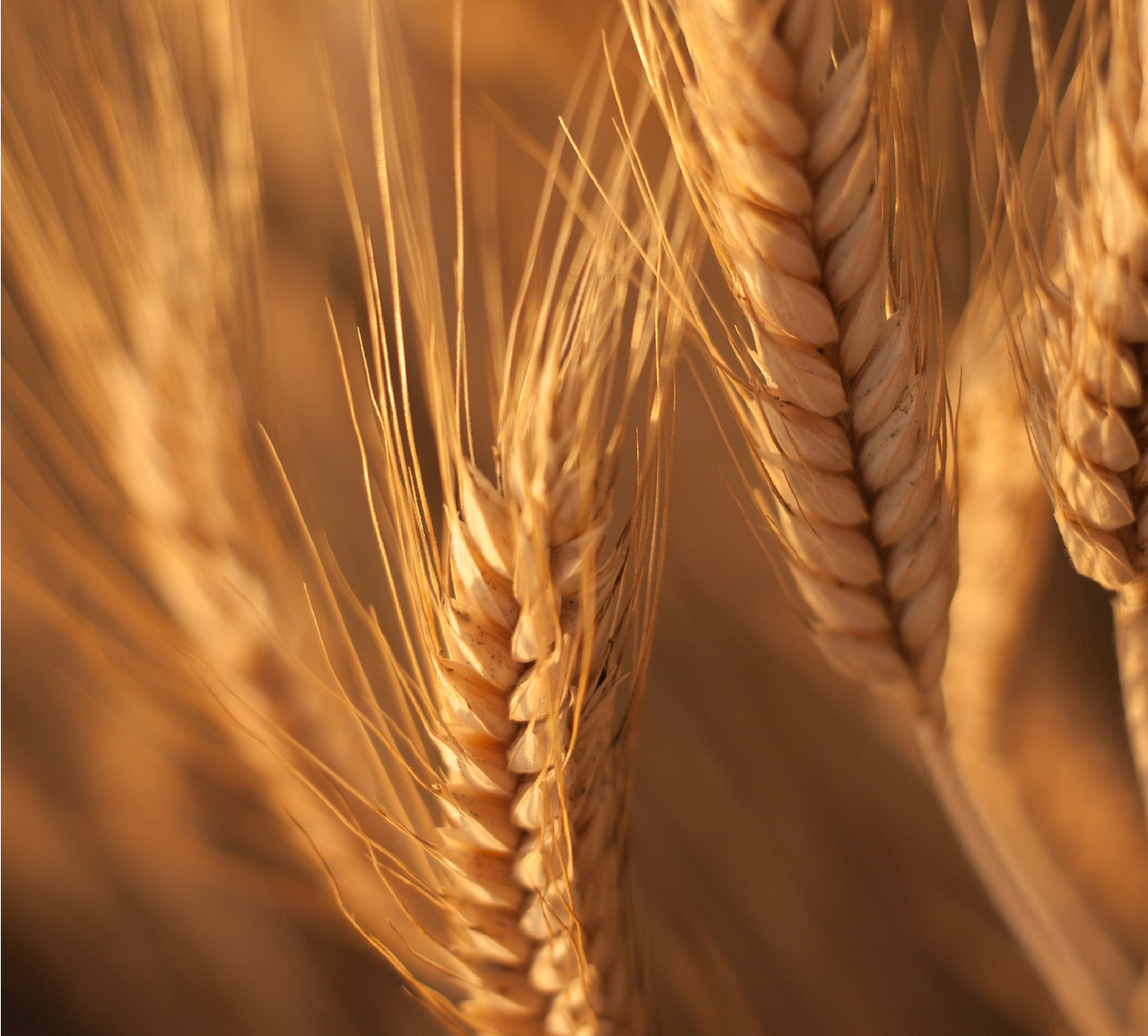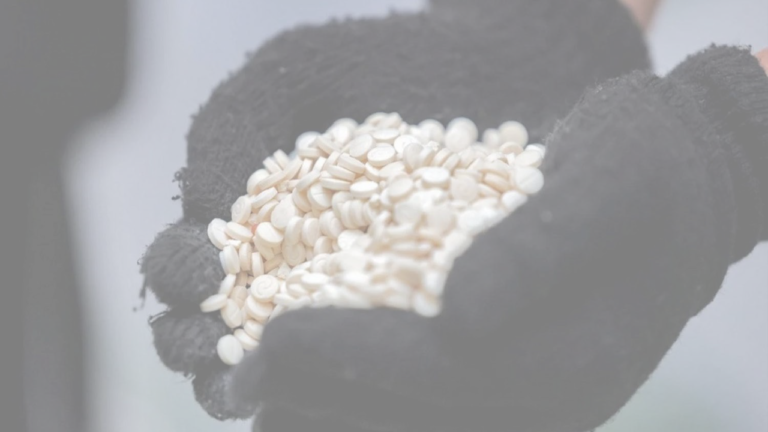The war in Ukraine has not only led to a severe humanitarian crisis in Ukraine but has also fueled the rapidly developing global food crisis brought on by the COVID-19 pandemic. Russia’s invasion of Ukraine comes as the latest development in the crisis that has been straining the food market for two years, stimulated by the post-pandemic global demand, increased energy prices, export restrictions and global supply chain issues, and extreme weather conditions.
Given that Russia and Ukraine account for around a third of global wheat supplies, while Ukraine is a major corn and sunflower oil supplier, the consequences of the war have caused massive shortages and price shocks around the world. This was exacerbated by the fact that Russia is a key supplier of fertilizers and of the energy necessary to distribute and grow the food. The cessation of exports from Ukraine has caused the food price index measuring international prices of most globally traded food commodities to its highest (158.5 points) since the first records of the food price index in March 1990 and 30% higher than in the same time last year according to the Food and Agriculture Organization (FAO).
Global Metrics Point to a Rise in Food Prices
The World Bank predicts global food prices to rise 23% in 2022, after rising 31% in 2021, and the cost of the fuel to transport the food rising as well, ultimately causing experts to predict reduced farm yields for incoming several years. While countries like the United States and the United Kingdom, where the residents spend less than 10% of household income on food, would face some negative impacts of increasing food prices, other countries like Nigeria, Kenya, and Kazakhstan, where food comprises over 40% of consumer spending, are the most susceptible to the negative effects of the crisis.
Similarly, countries like Egypt and Lebanon, which relied on Ukraine and Russia for about half of their wheat imports since 2016, could face devastating consequences of this global food crisis. Given this, the Egyptian government acted swiftly, and has, as of June 2020, been into negotiations with India to replace approximately 80% of its wheat imports that would otherwise come from Russia and Ukraine. Similarly, the increased costs of fertilizers are likely to lower expanding food production and exacerbate food supplies in developing countries that rely on fertilizer imports. In fact, FAO warned that reduced exports of wheat and other food commodities that were disrupted by the war in Ukraine are leaving between 11 million and 19 million more people with chronic hunger over the next year.
While the possibilities of the end of the war in Ukraine remain uncertain, the global community would need to act swiftly to mitigate the devastating effects of the ongoing food crisis. At the same time, this crisis calls for international actors to rethink and remodel current food systems in order to make them more resilient and responsive in times of crisis since they have been highly vulnerable to external factors such as conflicts and unfavorable weather conditions. The need for diversified food production across both diets and markets, ensuring alternative supply chains, and focusing on resolving large economic inequality problems across the world would likely ensure less global food crisis in the future.




